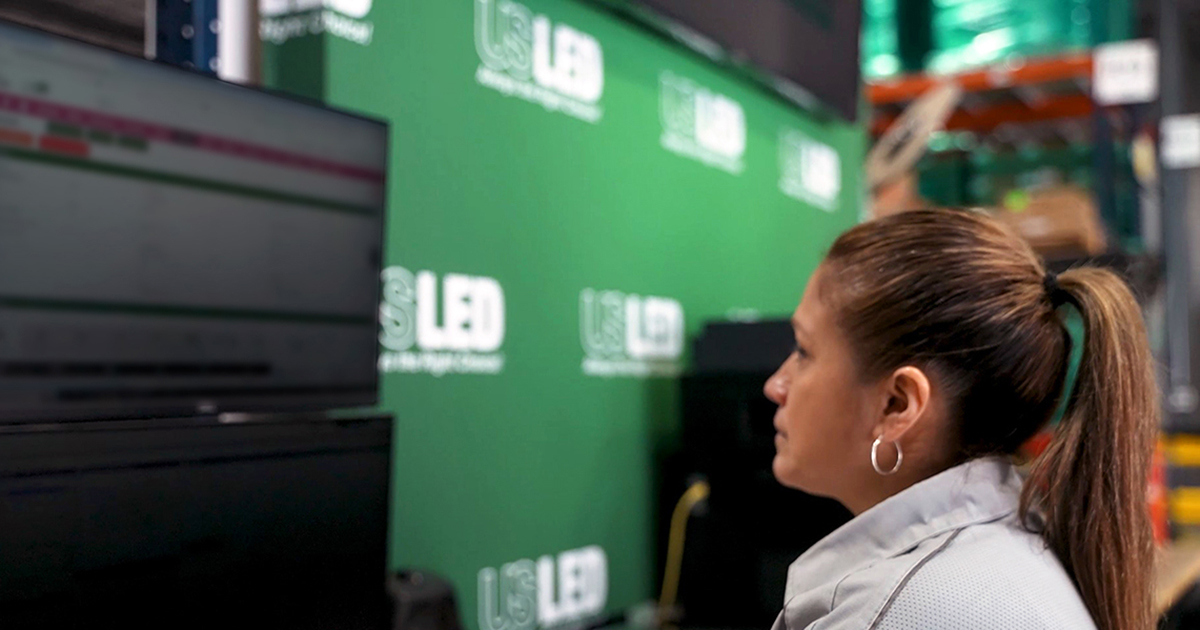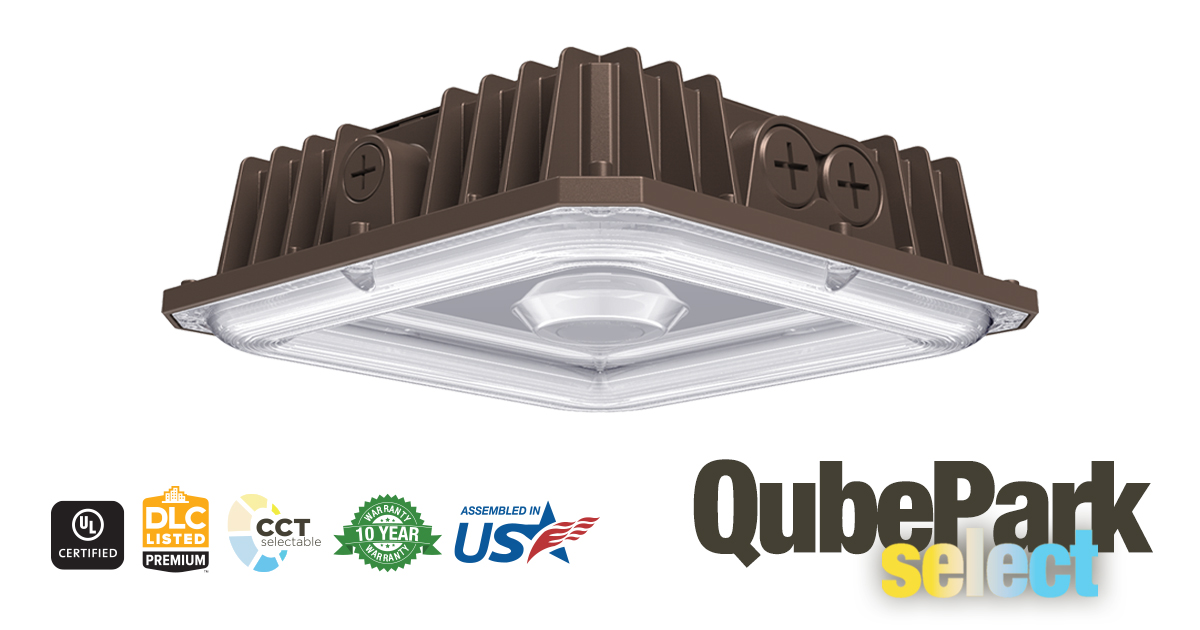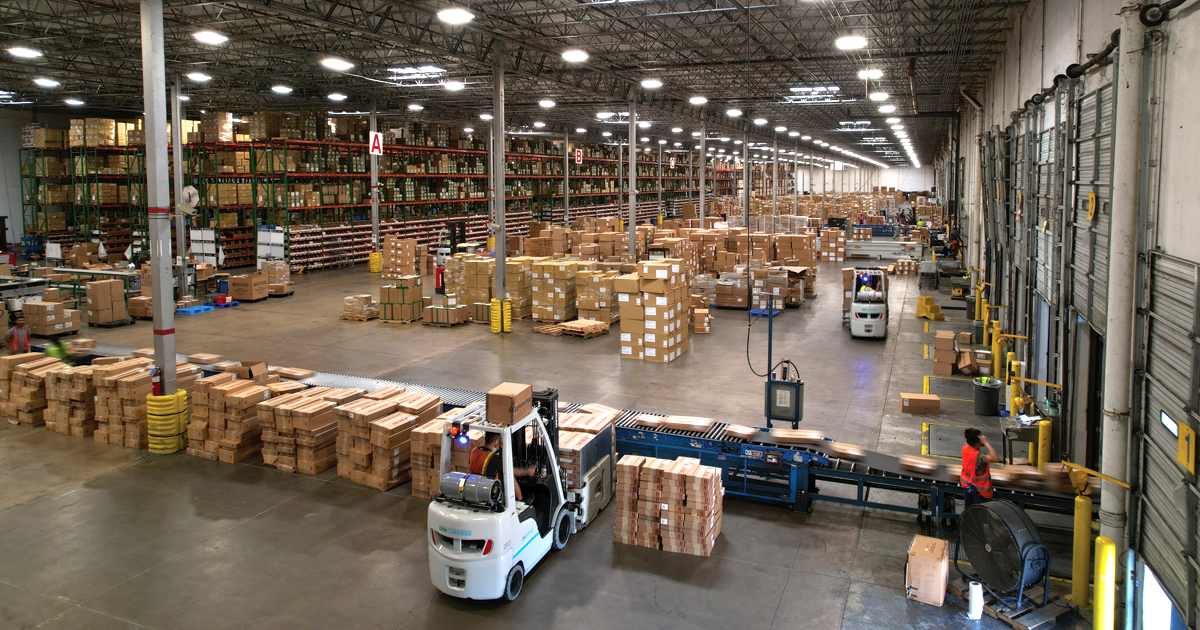Choosing LED lights for your commercial or industrial space is the right move, as these lights last significantly longer than traditional incandescent or fluorescent lights and provide superior illumination while using significantly less energy.
That’s a win-win regarding economics (ROI, lower energy bills) and the environment (lower carbon footprint), but the fundamental fact remains that lighting design plays a vital role in a successful project.
“The type of lighting fixtures selected, in what location they are installed, and at what light levels they are set can drastically impact people’s perception of a building and the work being done within it,” wrote Tom Cashman in LEDs magazine. “Building owners and facilities managers will benefit from understanding the fundamental space usage and occupant needs that lighting designers use to specify projects from the ground up.”
Lighting your commercial or industrial space is more than about first impressions. Do you want your space to look well-lit, safe, and inviting for customers and employees, or is your lighting reminiscent of the movie Office Space, where Milton was banished to the dimly lit basement?
“As the market increasingly embraces the fact that better light quality can deliver greater employee satisfaction and higher sales, electrical contractors have become more involved in the process of lighting design for their customers,” wrote Susan Bloom in Electrical Contractor. “In addition to creating well-lit spaces that look spectacular and are more productive and inviting for their clients, skills in the art and science of lighting design are also helping contractors differentiate themselves in a highly competitive market.”
Let’s examine some lighting design tips for commercial and industrial spaces, along with a helpful glossary of key lighting design terms.
Lighting Design: Talk the Talk
Before we start with the lighting design tips, it helps us to understand some of the industry-specific terms used. From lumens output to beam angle to color rendering index lighting talk can sound a bit wonky at times.
Here’s a quick glossary of some key terms to know in lighting design:
- Accent Lighting: Focused light that highlights specific features such as artwork, architecture, or objects.
- Ambient Lighting: Also called background lighting, it’s the general or overall illumination of a space.
- Beam Angle: Refers to the spread of light emitted from a light source, measured in degrees. This helps determine light distribution and coverage with a narrow beam 25 degrees or less; medium beam 25 to 40 degrees; and a wide beam 40 degrees or greater.
- Color Rendering Index (CRI): The CRI measures how accurately a light source reproduces colors compared to natural light. The scale ranges from 0 to 100 with a score of 80+ considered very good and a score of 90+ considered excellent color rendering.
- Color Temperature: Measured in Kelvin (K) up to 10,000, color temperature describes the perceived warmth or coolness of light:
- 2000K to 2700K: Very warm white (used for a cozy atmosphere)
- 2700K to 3000K: Warm white (yellowish hue common in residential settings)
- 3000K to 4000K: Neutral or natural white (used often in some retail environments)
- 4000K to 5000K: Cool white (popular in commercial and industrial settings)
- 5000K to 6500K: Daylight (used in task lighting and found in educational and healthcare settings)
- 6500K and Higher: Very cool/bright daylight (used in security lighting
- 2000K to 2700K: Very warm white (used for a cozy atmosphere)
- Efficacy: Efficacy measures lighting efficiency in lumens per watt (lm/W). Higher efficacy indicates more light output per unit of energy consumed.
- Foot Candle: Often used in calculating lighting levels, it's a standard measurement of light intensity and indicates the amount of light hitting a surface (see illuminance).
- Illuminance: Measured in lux (lumens per square meter) or footcandles (lumens per square foot), illuminance quantifies the amount of light falling onto and spreading over an area.
- Light Loss Factor (LLF): LLF accounts for the decrease in light over time due to factors like temperature, dirt accumulation and lamp depreciation. It’s used in calculating long-term illuminance levels.
- Lumen Output: Lumens measure the total amount of visible light emitted by a light source. A higher lumen value indicates bright light output. Lumens have replaced wattage as the primary measurement for LED brightness.
- Photometrics: Used for professional lighting design. Includes technical data about light distribution including beam spread, intensity, and efficiency.
- Task Lighting: Functional lighting for specific activities. Examples include under-cabinet lights for cooking and desk lamps for reading.
- UGR (Unified Glare Rating): Measures the likelihood of glare. The lower numbers indicate less glare.
Understanding these lighting design terms can help you make lighting decisions for your commercial or industrial space.

Essential Tips for Effective Lighting
Commercial and industrial lighting design plays a crucial role in creating functional, efficient, and visually appealing spaces.
“Lighting is an investment that can be very advantageous to an organization and should be carefully considered. Spaces without access to natural sunlight, such as warehouses and mechanical shops, may place importance on implementing LEDs with color temperatures that mimic daylight and allow for circadian stimulus,” wrote Cashman. “Ample lighting in an office space … keeps employees alert and the higher visibility allows them to yield accurate results. If the space is underlit, it may have adverse effects on productivity, health, motivation, and even employee retention.”
Here are some essential tips for effective lighting:
- Assess Lighting Needs: Before designing lighting, it’s important to evaluate the specific requirements of the project or space. Consider factors such as:
- The type of work or activities performed in each area
- Hours of operation
- Natural light availability
- Energy efficiency goals
- The type of work or activities performed in each area
- Layering Light: One of the key principles of commercial and industrial lighting design is to layer different types of lighting in the space such as:
- Ambient Lighting: Provides overall illumination for the space, typically via high bay fixtures, ceiling-mounted fixtures, or recessed lights.
-
- Task Lighting: Focuses on specific work areas or activities, enhancing visibility where needed to complete tasks. Strip lights, pendant lights and under cabinet lights are some examples.
- Accent Lighting: Highlights architectural features, artwork, or objects, adding visual interest and depth to a space. Spotlights, wall scones and track lighting are examples.
- Decorative Lighting: Enhances style and atmosphere with lights such as chandeliers, artistic fixtures and other creative lighting options.
- Task Lighting: Focuses on specific work areas or activities, enhancing visibility where needed to complete tasks. Strip lights, pendant lights and under cabinet lights are some examples.
- Aim for Consistency: Ensure consistency in light temperature throughout the space by evaluating the Color Rendering Index (CRI). This will create a comfortable environment. Also, match your color temperature (measure in Kelvins) to what activities will take place in the space.
- Consider Energy Efficiency: Energy-efficient LED lighting can reduce operational costs, energy bills, and environmental impact. It offers longer lifespans, lower maintenance costs, and better performance than legacy lighting options.
- Layout and Mounting: The physical arrangement of lighting on your property should be considered, including ceiling height, structural elements, and other environmental items that can impact the direction of the light. Using professional lighting layouts ensures balanced brightness while addressing issues like glare and reflections for optimal comfort and functionality.
- Tailor Lighting to Specific Area: A commercial office space will have different lighting requirements than a standard warehouse. Consider the different areas within a commercial or industrial space:
- Offices: Use a combination of ambient lighting and task lighting to create a comfortable and productive environment.
- Warehouses: Install high bay or low bay fixtures for general illumination and use task lighting in specific areas like storage aisles or loading docks.
- Manufacturing Facilities: Prioritize fixtures with high durability and resistance to environmental factors. Ensure adequate lighting levels for safety, visibility, and productivity.
- Retail Spaces: Use accent lighting to highlight products. Implement adjustable track lighting to illuminate changing displays. Warmer color temperatures may enhance customer experience in clothing areas.
- Healthcare Facilities: Use 90+ CRI lighting in examination rooms for accurate color rendering. Implement circadian lighting systems in patient rooms to support natural sleep-wake cycles. Use controls in waiting areas to create a calming atmosphere.
- Educational Institutions: Use higher color temperatures (4000K to 5000K) in classrooms to promote alertness and concentration. Use controllable lighting systems to adjust illumination for different activities such as presentations, lectures, etc.
- Data Centers: Use cool white lighting in server rooms to enhance visibility. Implement motion-activated lighting in less frequently accessed areas to conserve energy. Consider low-glare fixtures to reduce reflections on computer screens and other equipment.
- Offices: Use a combination of ambient lighting and task lighting to create a comfortable and productive environment.
- Emergency Lighting: Strategically place emergency lighting and exit signs to ensure they are easily visible and effectively guide people to the nearest exit in case of an emergency.
By following these lighting design tips and using ultra-long-life LED lighting from US LED, your commercial and industrial project can become a productive space that supports sustainability and lowers energy costs.
Contact US LED today to learn more about how we can help you create a brighter future for your commercial or industrial space.










